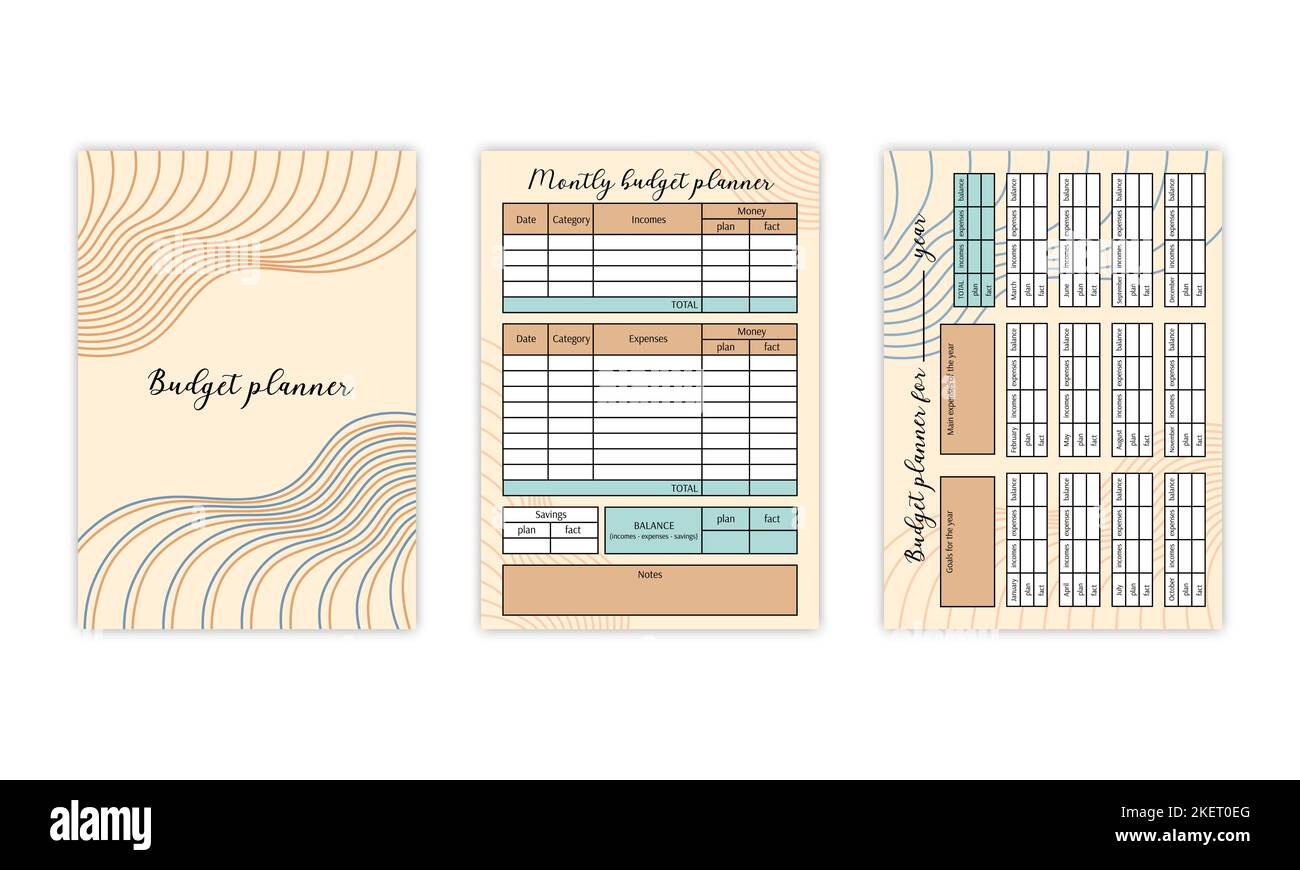
Humorous Templates for Financial Planners
In the often-serious world of financial planning, humor can be a powerful tool to connect with clients, build trust, and even make complex topics more digestible. While it’s crucial to maintain professionalism, injecting lightheartedness into your communication can set you apart and create a more engaging experience.
This article explores the concept of humorous templates for financial planners, offering examples and guidelines on how to use them effectively while avoiding potential pitfalls.
Why Use Humorous Templates?
- Break the Ice: Financial discussions can be intimidating for many people. A humorous template can ease tension and create a more relaxed atmosphere from the outset.
- Increase Engagement: People are more likely to pay attention to content that entertains them. Humor can make financial information more memorable and engaging.
- Build Rapport: Sharing a laugh with a client can foster a sense of connection and trust.
- Stand Out from the Crowd: In a competitive industry, humor can help you differentiate yourself and make a lasting impression.
- Simplify Complex Topics: Humor can be used to illustrate complex financial concepts in a relatable and understandable way.
Examples of Humorous Templates
Here are some examples of how you can incorporate humor into your financial planning templates:
- Email Subject Lines:
- "Your Money: Let’s Make It Work Harder Than You Do."
- "Don’t Let Inflation Eat Your Savings: A Financial Survival Guide."
- "Your Financial Future: It’s Not as Scary as It Sounds."
- "Is Your Retirement Plan Ready for a Zombie Apocalypse? Let’s Find Out."
- Welcome Packets:
- Include a "Financial Terms for Dummies" glossary with humorous definitions.
- Add a "Myth vs. Reality" section debunking common financial misconceptions with a funny twist.
- Insert a cartoon or comic strip illustrating the importance of financial planning.
- Meeting Agendas:
- "Agenda Item 1: Taming Your Money Monster."
- "Agenda Item 2: Conquering Your Financial Fears."
- "Agenda Item 3: Plotting World Domination (of Your Finances)."
- Investment Reports:
- Use playful charts and graphs to visualize performance.
- Include a "Did You Know?" section with quirky financial facts.
- Add a disclaimer in a lighthearted tone, such as "Past performance is not a guarantee of future awesomeness."
- Retirement Planning Guides:
- Include a section on "How to Avoid Becoming a Broke Tourist in Retirement."
- Offer humorous tips on downsizing and decluttering.
- Add a "Retirement Bucket List" with funny and achievable goals.
- Social Media Posts:
- Share memes or GIFs related to personal finance.
- Post humorous anecdotes about common financial mistakes.
- Create polls or quizzes with funny answer options.
Guidelines for Using Humor Effectively
- Know Your Audience: Consider your clients’ personalities, backgrounds, and senses of humor. What works for one client may not work for another.
- Be Mindful of Tone: Avoid sarcasm, cynicism, or anything that could be perceived as offensive or insensitive.
- Keep It Relevant: Make sure the humor relates to the topic at hand. Don’t force it if it doesn’t fit.
- Don’t Overdo It: A little humor can go a long way. Avoid turning your entire communication into a comedy routine.
- Proofread Carefully: Typos and grammatical errors can undermine your credibility and make your humor fall flat.
- Get Feedback: Ask a colleague or friend to review your humorous templates before using them with clients.
- Be Prepared to Adapt: If a client doesn’t respond well to your humor, be ready to adjust your approach.
- Consider Cultural Sensitivity: Be aware of cultural differences in humor and avoid jokes that could be offensive to certain groups.
- Use Humor to Educate: The most effective humor is that which also imparts valuable information.
- Balance Humor with Professionalism: While humor can be a great tool, it’s important to maintain a professional demeanor and demonstrate your expertise.
Potential Pitfalls to Avoid
- Offending Clients: Humor can be subjective, and what one person finds funny, another may find offensive.
- Undermining Credibility: Excessive or inappropriate humor can make you seem unprofessional and untrustworthy.
- Trivializing Serious Issues: Financial planning involves important decisions that should be treated with respect.
- Alienating Clients: Some clients may prefer a more serious and formal approach.
- Losing Focus on the Message: Humor should enhance your message, not distract from it.
Examples of Jokes That Are Generally Safe
- Puns: These can be lighthearted and clever, but avoid being too corny.
- Self-Deprecating Humor: Making fun of yourself can be endearing and show that you don’t take yourself too seriously.
- Observational Humor: Pointing out the absurdities of everyday life can be relatable and funny.
- Lighthearted Anecdotes: Sharing personal stories that are humorous and relevant can build rapport.
Examples of Jokes to Avoid
- Jokes about Money: These can be insensitive, especially if your clients are struggling financially.
- Political or Religious Jokes: These are generally divisive and should be avoided.
- Jokes about Stereotypes: These can be offensive and harmful.
- Jokes that are Sexist, Racist, or Homophobic: These are never appropriate.
Conclusion
Humorous templates can be a valuable asset for financial planners looking to connect with clients, build trust, and make financial topics more engaging. By following the guidelines outlined in this article and avoiding potential pitfalls, you can use humor effectively to enhance your communication and stand out from the crowd. Remember to know your audience, be mindful of tone, and always prioritize professionalism. With a little creativity and a good sense of humor, you can create a more positive and productive experience for both you and your clients.



